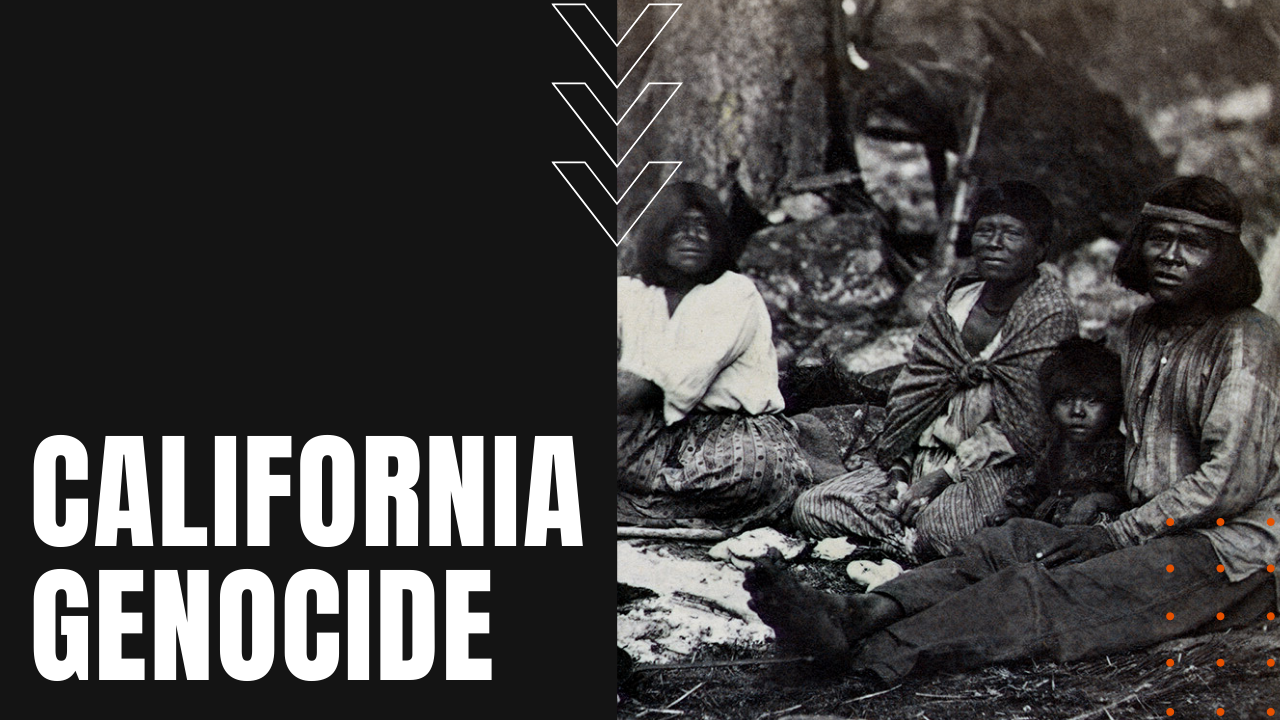California Genocide: Thousands of Native Californians Murdered

Before gold was discovered in 1848 in Sutter’s Mill California, Native Californians had lived in relative peace for thousands of years, speaking up to 80 languages over a population base of some 150,000 people.
From Gold Rush to Genocide in California
That all changed during the steady arrival of white fortune seekers from back east, and when California became a state in 1850, the state’s first governor, Peter Hardeman Burnett, like many white settlers, saw indigenous Californians as lazy, savage and dangerous, informing his legislative brethren during the second state of the state address “that a war of extermination will continue to be waged between the races until the Indian race becomes extinct,” and that “while we cannot anticipate this result but with painful regret, the inevitable destiny of the race is beyond the power or wisdom of man to avert.”
Living up to his racist sentiments, Burnett gave a green light to the funding of local militias against California natives, enshrining into law the right for white citizens to arrest, enslave or murder native Californians. In a little known act of ethnic cleansing, State militias raided tribal encampments, shooting and oftentimes scalping Native Americans, at the same time setting up bounty payments for white settlers that brought about the murder of 6,400 to 16,000 native Californians between 1846 to 1873, while the U.S. Army took the lives of an additional 1,600 native Californians.
In many cases, the killing sprees wiped out entire tribal outposts, including the 1850 massacre of some 400 Pomo people slaughtered by U.S. Cavalrymen and local volunteers at Clear Lake, where a six-year-old girl named Ni’ka survived by hiding in the lake and breathing through a reed. While many native Californians died from the introduction of foreign diseases or enslavement, by the end of the slaughter in 1873, only 30,000 indigenous people remained, costing state coffers an estimated $1.7 million dollars—a staggering sum at the time—to eradicate Native Americans from California soil. Still, others were forced onto reservations, while native children were forced to attend Indian assimilation schools.
More Injustices To Follow
While California formally apologized for the genocide of native Californians in 2019, the state also stands guilty of forced sterilizations of Mexicans during the state’s eugenics movement of 1907 to 1964, as well as the discrimination and internment of some 120,000 Japanese Americans during the Second World War, making the genocide of 1846 to 1873, the first of many injustices in California history.
